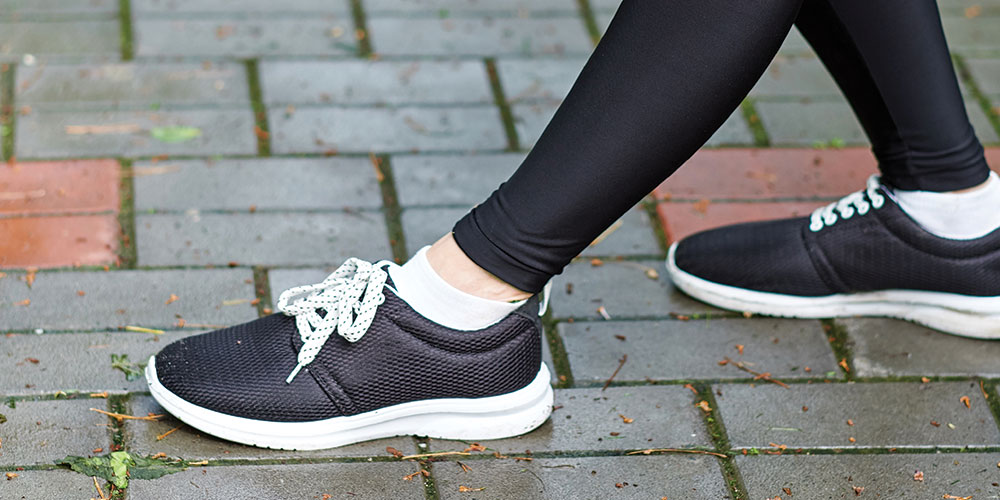Ankle sprains are among the most common athletic injuries sustained by competitive and recreational athletes, making up nearly 30% of all sports-related injuries. The most common mechanism of injury involves the ligaments on the lateral aspect (outside) of the ankle due to an inversion mechanism and “rolling” over the outside of the ankle. Symptoms may range from mild swelling and pain to significant bruising, pain, and inability to bear weight. RICE (Rest, Ice, Compression, and Elevation) can help symptoms acutely after the injury. For first-time, minor sprains, this may be the only treatment needed. For most serious injuries, orthopedic evaluation, immobilization, and formal physical therapy may be needed.
Recurrent sprains
Up to 20% of patients with an ankle sprain may develop recurrent sprains and feelings of ankle instability. Many patients describe having a long history of “loose ankles”. With moderate to severe sprains, the ankle ligaments are severely stretched and/or torn. This can lead to feelings of ankle instability which is often described as the ankle “rolling” or “giving out” with minor missteps and walking on uneven terrain. Patients with recurrent ankle sprains often complain of instability on uneven ground, changing directions during sports, and even when simply walking in less supporting footwear. Oftentimes, patients notice seemingly minor missteps can cause sprains. Over time, recurrent injuries to the ankle can lead to ankle arthritis.
Associated injuries
If an ankle sprain does not improve with conservative therapy, advanced imaging (often MRI) can be used to diagnose other injuries that could have occurred. Common associated injuries include scar tissue formation, cartilage and tendon tears, and additional ankle ligament injuries (syndesmosis: “high” ankle sprain and deltoid: medial ankle ligament).
When to seek orthopedic evaluation?
Many mild, first-time sprains can be treated relatively easily at home with RICE (rest, ice, compression, and elevation) and activity modification for a short period of time. If symptoms don’t improve quickly, it is often beneficial to seek evaluation from a specialist. X-rays can help to diagnose fractures and other pathologies that might be leading to pain. Depending on the severity of the injury, other treatment options may include bracing or short-term immobilization in a boot or cast, anti-inflammatory medication, formal physical therapy, and advanced imaging (MRI) to evaluate for other damaged structures. The goal of rehab from the initial injury is to get the patient back to activities as safely and quickly as possible while minimizing the risk of future injuries.
What can be done surgically for chronic ankle instability?
There are at least 50 described procedures to stabilize the lateral ankle ligaments. The most commonly performed technique involves tightening the two main lateral ligaments (ATFL and CFL) and reinforcing the ligaments with the aid of surrounding tissues. Oftentimes, patients can begin weight-bearing within the first two weeks of surgery. Physical therapy can start as early as 1-2 weeks with accelerated protocols. Each patient’s recovery and goals are different, but many can walk confidently without a brace as soon as 6-8 weeks postoperatively.
Regardless of activity level, the goal of ankle ligament stabilization is to return the patient to his or her desired level of activity without the worry of another ankle sprain. Additionally, stabilizing the ankle can prevent further injuries and reduce the risk of post-traumatic ankle arthritis.
Dr. Tyler Fraser is a fellowship-trained orthopedic surgeon specializing in orthopedic foot and ankle conditions. He sees patients at OrthoSouth’s Memphis-Primacy Parkway and Bartlett clinics. To learn more about Dr. Fraser, please visit us online at Orthosouth.org or call 901.641.3000







